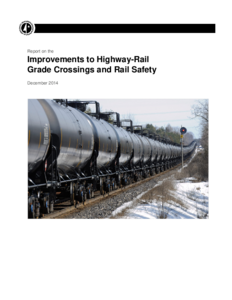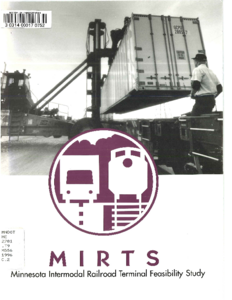2010 Minnesota Comprehensive Statewide Freight and Passenger Rail Plan
Date Created
2010-01
Description
Minnesota Intermodal Railroad Terminal Feasibility Study (MIRTS)
Creator
Date Created
1996
Description










